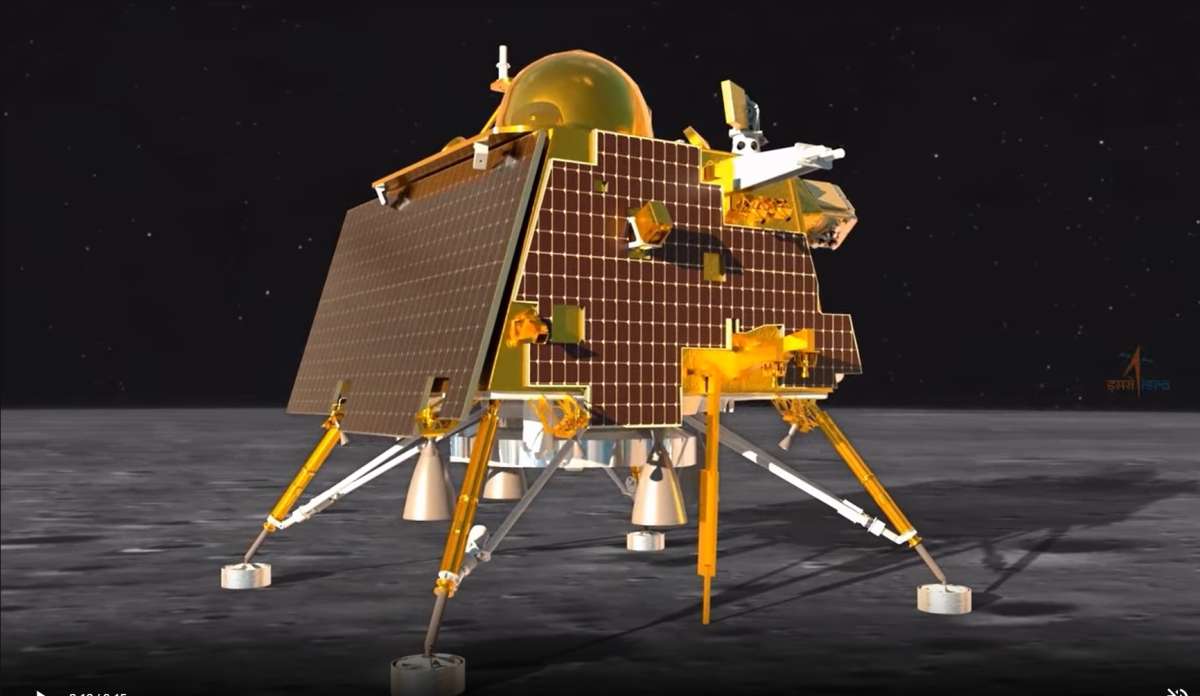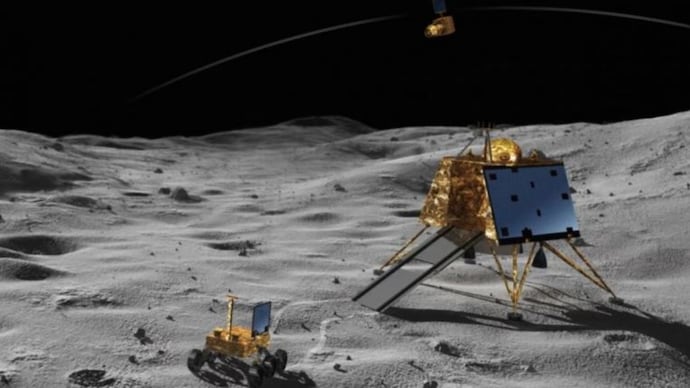India erupted in joy on Wednesday as the Chandrayaan-3 mission successfully landed on the Moon’s south pole. The mission, which was launched on July 14, 2023, is India’s third lunar mission and the first to land in the south pole. But wht south pole? 3 Reasons Why Chandrayaan Mission 3 Chose the Moon’s South Pole.
The Chandrayaan Mission 3 is a successful Indian mission to the Moon’s south pole. The mission was launched on July 14, 2023, and it successfully landed the Vikram lander and the Pragyan rover on the Moon’s south pole on August 23, 2023. The Chandrayaan-3 mission was a follow-on mission to the Chandrayaan-2 mission, which failed to land on the Moon due to a technical glitch.

3 Reasons Why Chandrayaan Mission 3 Chose the Moon’s South Pole
The news of the successful landing was greeted with jubilation across India. People took to the streets to celebrate, and the hashtag #Chandrayaan3 was trending on social media. The success of the Chandrayaan-3 mission has also been welcomed by the international community. The United States, Russia, and China have all congratulated India on its achievement.
But I am sure you all must be wondering, why the South Poll? Well, below are the 3 Reason Why Chandrayaan Mission 3 Chose the Moon’s South Pole?
- The Chandrayaan Mission 3 was a successful Indian mission to the Moon’s south pole. The Moon’s south pole was chosen for the Chandrayaan Mission 3 for a number of reasons. First, the south pole is thought to be rich in water ice. Water ice is a valuable resource for future human exploration of the Moon, as it could be used for drinking water, fuel, and oxygen.
- Second, the south pole is constantly in shadow. This means that the temperature at the south pole is much colder than the rest of the Moon. This makes it a good place to study the Moon’s geology and mineralogy, as the cold temperatures help to preserve ancient materials.
- Third, the south pole is relatively unexplored. Only a few spacecraft have ever landed at the south pole, so there is a lot that we don’t know about this region of the Moon. The Chandrayaan Mission 3 was able to shed new light on the south pole and its potential resources.
How Chandrayaan-3 Learned from the Past and Succeeded?
The Indian Space Research Organisation (ISRO) has learned a lot from its previous moon missions. The Chandrayaan-1 mission, which was launched in 2008, was a successful orbiter mission. However, it did not have a lander or rover. The Chandrayaan-2 mission, which was launched in 2019, was an attempt to land a lander and rover on the Moon’s south pole. However, the lander lost contact with the ground station during its descent and crashed.

The Chandrayaan-3 mission, which was launched in 2023, was a successful attempt to land a lander and rover on the Moon’s south pole. The mission was able to achieve this success by learning from the mistakes of the Chandrayaan-2 mission.
- The Chandrayaan-1 mission, which was launched in 2008, was a successful orbiter mission. However, it did not have a lander or rover. The Chandrayaan-3 mission included a lander and rover, which allowed it to conduct more in-depth studies of the Moon’s surface.
- The Chandrayaan-2 mission, which was launched in 2019, failed to land on the Moon due to a technical glitch. The Chandrayaan-3 mission took steps to address this issue, such as using a more robust landing system.
Here are some of the specific things that ISRO learned from its previous moon missions:
- The importance of having a robust landing system. The Chandrayaan-2 lander crashed because of a problem with its landing system. The Chandrayaan-3 lander had a more robust landing system, which helped it to land safely.
- The importance of having a backup plan. The Chandrayaan-2 mission did not have a backup plan in case of a problem with the landing system. The Chandrayaan-3 mission had a backup plan, which helped it to succeed even when the landing system experienced a problem.
- The importance of having a clear understanding of the Moon’s terrain. The Chandrayaan-2 lander crashed because it landed in a region of the Moon that was more challenging than expected. The Chandrayaan-3 mission had a better understanding of the Moon’s terrain, which helped it to land safely.

Chandrayaan-3 Pics After Landing: ISRO sends joy from the moon | Pic: ISRO
Conclusion
The Chandrayaan-3 mission is a major milestone in India’s space program. The mission’s success has demonstrated India’s capabilities in space exploration and has put the country in a strong position to undertake future lunar missions. The success of the Chandrayaan-3 mission is a testament to the learning and improvement of ISRO. The mission has demonstrated that ISRO is capable of successfully landing a spacecraft on the Moon’s south pole. The mission is also a major achievement for India’s space program.
The mission is also a source of inspiration for people across the world, showing that anything is possible if we work together. We are proud of India and ISRO for their achievements. We are confident that the India and the organization will continue to make great strides in space exploration in the years to come.
3 Reasons Why Chandrayaan Mission 3 Chose the Moon's South Pole Share on X



















[…] 3 Reasons Why Chandrayaan Mission 3 Chose the Moon’s South Pole […]